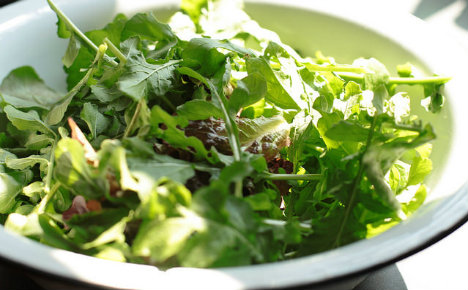Simone Salvini, who has his own TV show, was called in to help make the menu at the Antoniano soup kitchen, which is run by monks in Bologna, the city famous for its tagliatelle al ragù, more nutritious.
But the new health-conscious approach didn’t go down too well with some of the homeless when Salvini, who is providing his services for free every Wednesday lunchtime, started work last week.
“Some told me that they need to eat meat, and would return to the streets [if they were fed vegan food],” the chef from Tuscany told Corriere della Sera.
“My staff and I are trying to cook, as best as we can, a range of healthy, organic food and vegetables.”
Alessandro Caspoli, a monk and manager of the centre, played down the rebellion, saying it was “peaceful” and that meat was back on the menu for the rest of the week.
But Salvini hasn't lost hope of eventually winning his critics over.
“I welcome the criticism. But not everyone complained last week, some guests shook my hand. It was very satisfying.”
Alongside Michelin-starred chef Massimo Bottura, Salvini is also working on a dinner menu that will be served to the homeless and refugees from May 9th, when the centre opens in the evening.
Salvini said he is excited about the challenge, and is confident that he could transform his botanical ingredients into “more reassuring forms”, such as vegetarian meatballs and bean sausages.




 Please whitelist us to continue reading.
Please whitelist us to continue reading.